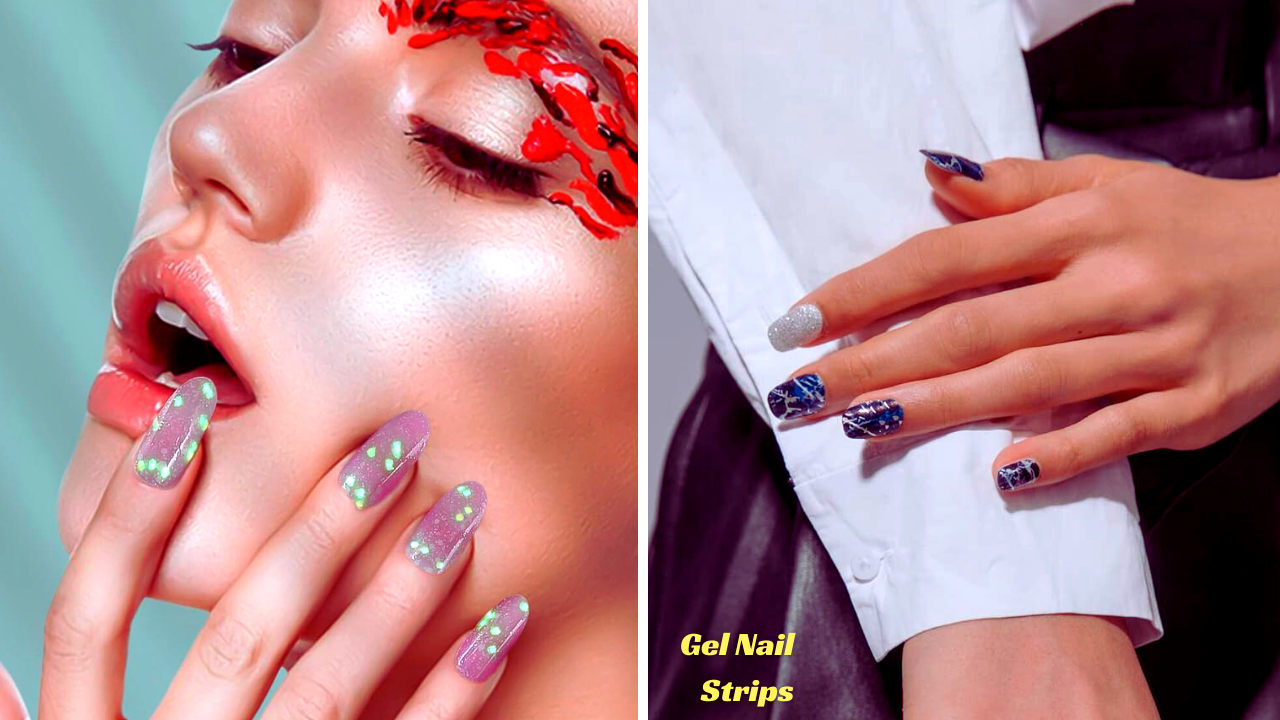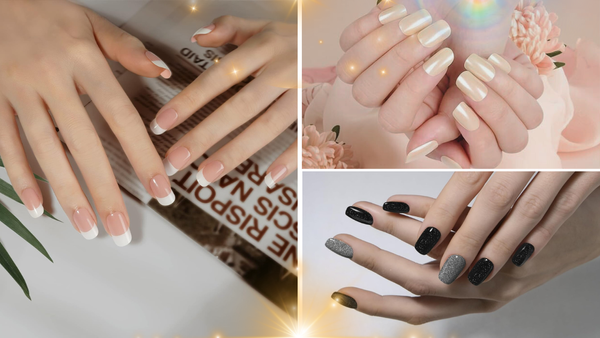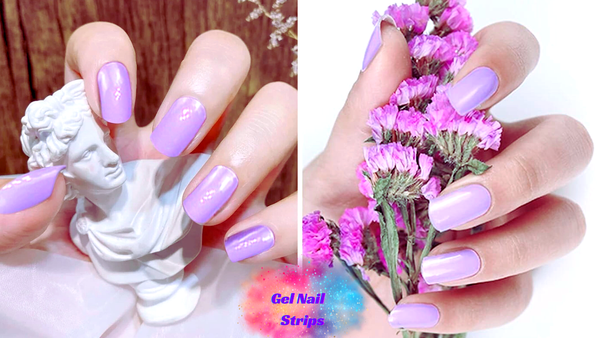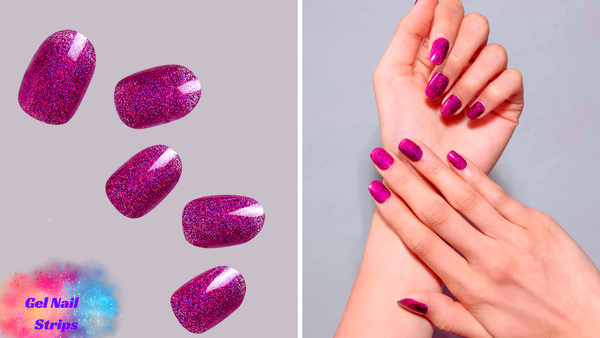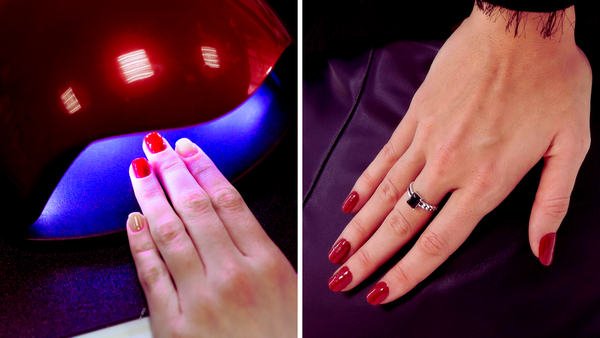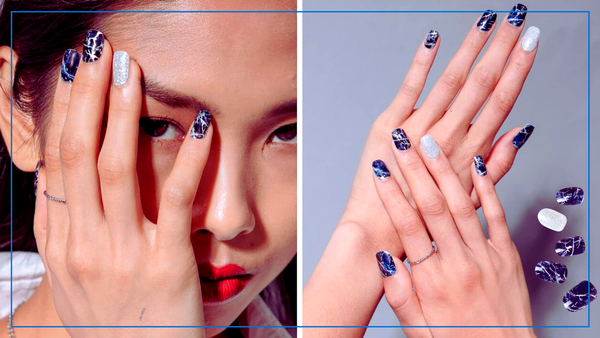Nail strips have become a popular alternative to traditional nail polish, offering a quick and easy way to achieve a flawless manicure at home. However, one common issue users face is the peeling of nail strips shortly after application. In this article, we'll explore practical tips and tricks to prevent nail wraps from lifting and ensure they stay put for up to two weeks.
Key Takeaways:
- Proper nail preparation is crucial for nail strips to adhere correctly.
- Applying a top coat can extend the life of your nail stickers.
- Avoiding water and heat for a certain period after application helps prevent peeling.
Prepare Your Nails Thoroughly
Before you even think about applying nail stickers, it's essential to prepare your nails properly. Clean your nails with an alcohol wipe to remove any oils or residue. This step ensures that the nail surface is clean and dry, which is critical for making the nail wrap adhere properly. Next, gently push back your cuticles and use a nail file to shape your nails, creating a smooth layer for the nail strips to cling to.
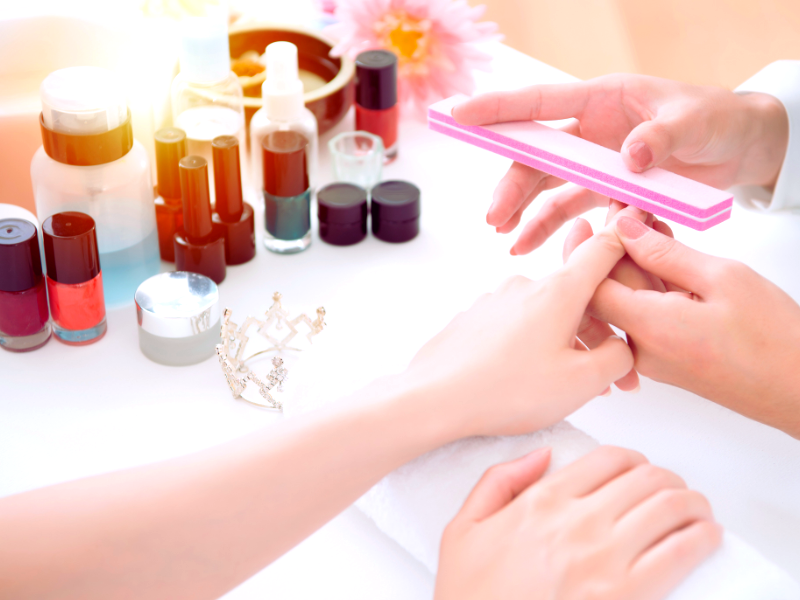
Choose the Right Size
Selecting the correct size nail sticker for each nail is a game-changer. If the nail strip is too large, it may overlap with your skin, preventing the entire sticker from adhering to the nail bed. Conversely, if it's too small, it won't provide a protective layer over the entire nail, leading to peeling. Take the time to measure each nail and trim the strips if necessary to ensure a perfect fit.
Apply Pressure During the Application
When applying nail stickers, it's not just about placing them on your nails; you need to apply pressure to make them stick. Start from the base of your nail and smooth the sticker out towards the tip, pressing down firmly to remove any air bubbles. This process helps the adhesive bond with your natural nail, creating a waterproof seal that's less likely to peel.
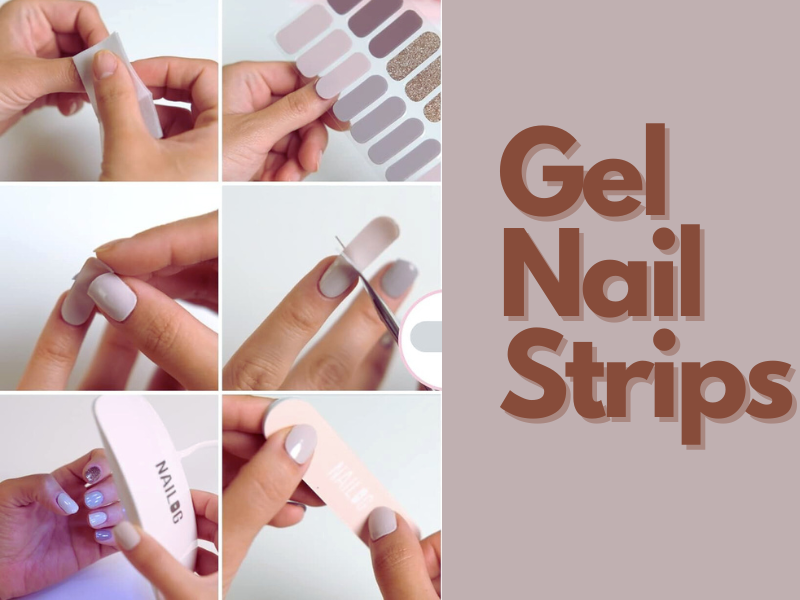
Extend the Life of Your Nail Strips
Nail strips are a fantastic way to achieve a flawless manicure without the time and expense of a salon visit. But how do you keep nail strips from peeling and ensure they last up to two weeks? The secret lies in the preparation and aftercare. Before applying nail stickers, make sure your nails are completely dry and free of oils. Use an alcohol wipe to cleanse the nail surface, creating a clean slate for the nail wrap to adhere to. This step is crucial as any moisture or residue can cause the nail sticker to lift prematurely.
Once your nails are prepped, it's time to focus on the application process. Apply pressure evenly across the sticker to ensure every edge and corner is smooth against the natural nail. This helps to prevent any points of entry where water or daily activities could cause the edges to lift. After applying the nail stickers, avoid immersing your hands in water for a prolonged period, especially hot water, as it can weaken the adhesive. This means taking extra care while washing dishes or swimming pools to protect your manicure.
Seal with a Top Coat
A top coat is not just for traditional nail polish; it can also be a nail strip's best friend. After applying your nail stickers, paint a thin layer of clear top coat over them. This creates an additional protective layer that can prevent the edges from lifting and extend the wear of your manicure. Use the same product brand as your nail strips, if possible, as some formulas are designed to work together.
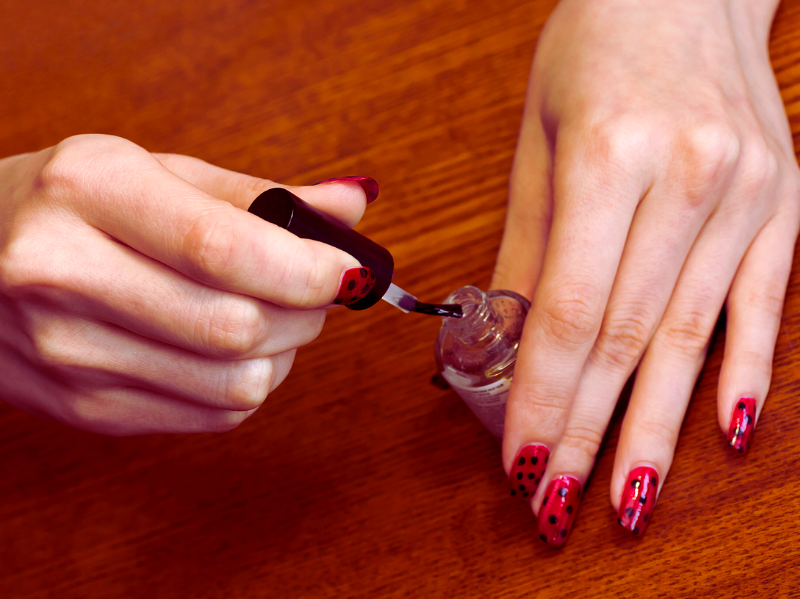
Avoid Water and Heat Initially
After you've put on your nail strips, it's crucial to avoid exposing them to water or heat for a while. Activities like swimming, hot showers, or visits to saunas can cause the adhesive to soften and the nail stickers to peel. Give your nails enough time to set completely dry, which usually takes around an hour, before engaging in such activities.
Protect Your Manicure from Harsh Chemicals
Harsh chemicals can be the nemesis of nail strips. To make your nail stickers last, avoid contact with cleaning agents, acetone, or alcohol-based products, as they can dissolve the adhesive or the nail sticker itself. When doing household chores that involve chemicals, wear gloves to protect your manicure.
Be Mindful of Your Daily Activities
The longevity of your nail wraps also depends on your daily activities. If your hands are frequently in water or you're using them in a way that puts pressure on your nails, your nail stickers may not last as long. Be conscious of how you use your hands and try to minimize activities that could cause the nail strips to peel.
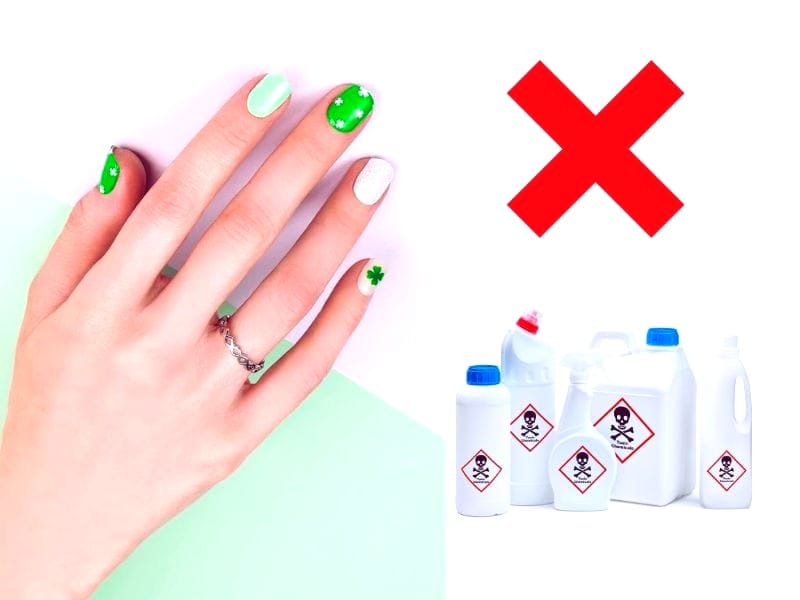
Summary
Keeping nail strips from peeling is all about the preparation and protection of your manicure. By preparing your nails properly, choosing the right size strips, applying pressure during application, sealing with a top coat, avoiding water and heat initially, protecting your nails from harsh chemicals, and being mindful of your daily activities, you can enjoy a beautiful, long-lasting nail sticker manicure. Remember, the key to success is in the details, so take your time and follow these steps for the best results.
FAQ Section
How long should I wait before getting my nail stickers wet?
It's recommended to wait at least one hour after applying nail stickers before exposing them to water. This allows the adhesive to set and the nail strips to completely dry, creating a waterproof seal.
Can I use any top coat over my nail strips?
While you can use most clear top coats, it's best to use the same brand as your nail strips if available. Some top coats are formulated to work specifically with certain nail stickers, providing the best protection and longevity.
What should I do if the edges of my nail strips start to lift?
If the edges of your nail strips begin to lift, you can try to gently press them back down. If that doesn't work, apply a thin layer of nail glue under the lifted edge, then press down and seal with another layer of top coat. This can help re-adhere the strip and prevent further peeling.
